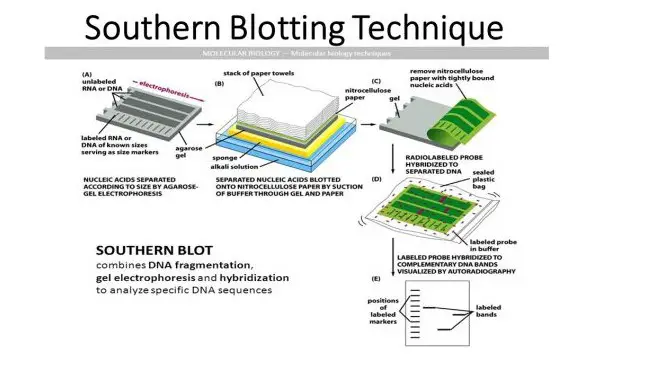

He had tried and failed to combine a radioimmunoassay with SDS-PAGE electrophoresis but could not visualize the interactions between antibodies and the separated proteins in the polyacrylamide gels.īurnette took inspiration from the northern blot method and instead created a solid-phase replica of the gel. The scientists named this method the ‘northern blot’.Ī postdoc working in the lab of Robert Nowinski at Fred Hutchinson Cancer Research Center (WA, USA), W Neal Burnette (left), then attempted to identify specific antigens in a protein mixture, such as a cell extract. This technique also made use of a radio-labeled DNA probe, but was created in order to detect a specific RNA molecule within an RNA sample. Then, in 1977, James Alwin, David Kemp and George Stark from Stanford University (CA, USA), invented a technique that was incredibly similar to the Southern blot. Southern named the technique after himself. It involved the use of electrophoresis to separate DNA fragments based on size, then the transfer to a membrane and hybridization with a radio-labeled DNA probe in order to detect a specific DNA sequence within a DNA sample.

In 1975, Southern invented a new method that enabled analysis of DNA identity, size and abundance. Western blotting was named in a nod to a tradition that had been inadvertently started when Edwin Southern penned his new invention ‘the Southern blot’.įor the latest information on western blotting, check out our In Focus: Western Blotting. This might be news to some: scientists have a sense of humor (according to the origin story of the western blot, at least). However, there are some stories surrounding its invention that are definitely worth knowing. The western blot may appear to be just another staple lab technique.


 0 kommentar(er)
0 kommentar(er)
